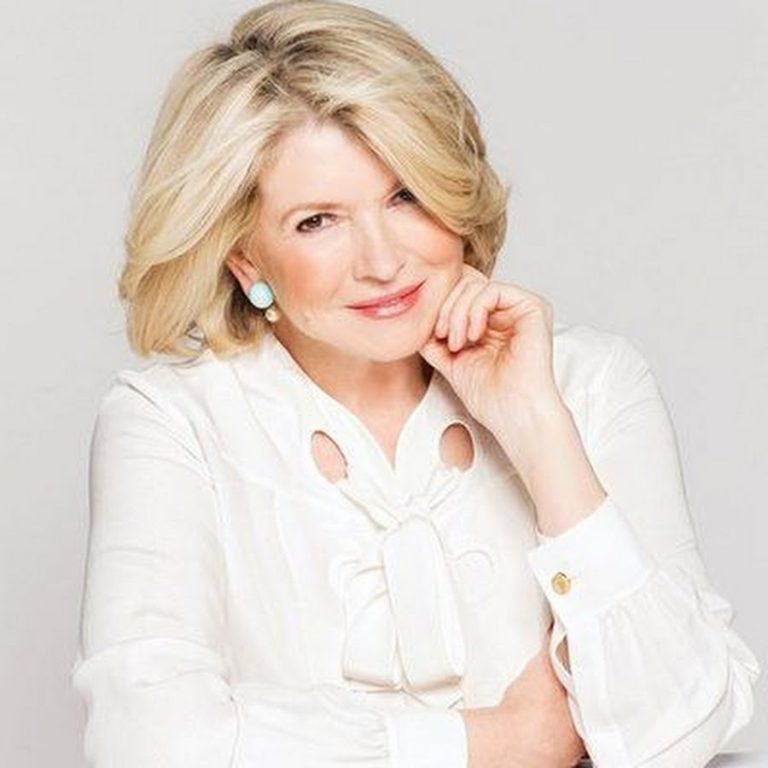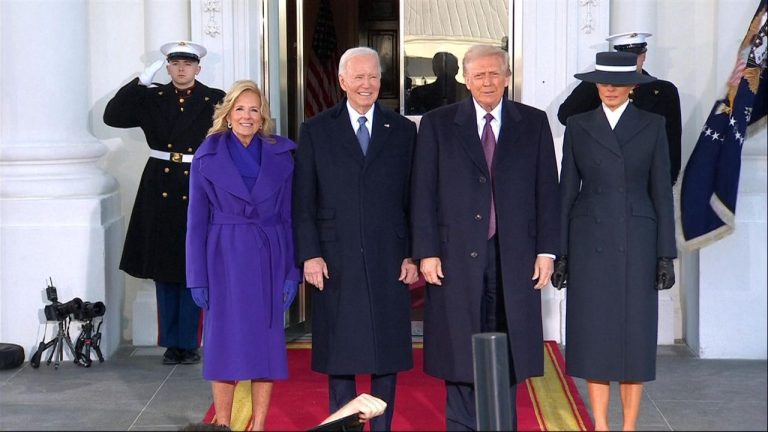
How to Retain Fitness at the Age of 50: The Ultimate Guide to Staying Strong, Healthy, and Energized
Marianswoman – Turning 50 is a significant milestone in life, but it also comes with its own set of challenges when it comes to maintaining fitness. Your metabolism may slow down, your joints may not be as limber as they once were, and recovery time from workouts may take a bit longer. But the truth is, achieving and retaining fitness at the age of 50—and beyond—is not only possible but incredibly rewarding.
By taking a holistic approach that combines strength training, cardiovascular exercise, flexibility, and proper nutrition, you can stay strong, healthy, and energized well into your 50s, 60s, and beyond. The key is to modify your workouts and habits to suit your body’s needs as it changes with age. In this comprehensive guide, we’ll cover the best fitness tips, exercises, and lifestyle changes to help you achieve peak health and fitness at the age of 50.
Why Fitness at 50 is Crucial
As you age, your body undergoes several changes that can impact your overall health. Some of the most notable changes that occur as you approach your 50s include:
- Decreased Muscle Mass: By the age of 50, you may begin to experience a gradual loss of muscle mass (sarcopenia), which can result in weaker muscles and a slower metabolism. This is why strength training becomes even more important at this age.
- Joint and Bone Health: Osteoporosis and arthritis can affect many people in their 50s, leading to joint pain and reduced mobility. Regular physical activity can help maintain bone density and prevent joint stiffness.
- Metabolism Slows Down: Your metabolism naturally slows as you age, making it easier to gain weight and harder to lose it. Staying active helps to rev up your metabolism and maintain a healthy weight.
- Reduced Flexibility: As you age, you may notice a decrease in flexibility, which can lead to tight muscles and potential injuries. Stretching and flexibility exercises are essential for maintaining mobility and preventing muscle strain.
However, by focusing on fitness and making smart lifestyle choices, you can counteract these changes and continue to thrive. Regular exercise, a balanced diet, and proper self-care can help you stay in top shape and continue enjoying life to the fullest.
Key Areas to Focus on When Retaining Fitness at 50
While there is no one-size-fits-all approach to fitness at 50, there are some essential areas that you should focus on to maintain a strong and healthy body:
- Strength Training for Muscle Maintenance One of the most effective ways to retain fitness as you age is to prioritize strength training. Not only does it build and maintain muscle mass, but it also strengthens bones, improves metabolism, and enhances overall functional strength.Best Strength Training Exercises:
- Squats: A full-body exercise that targets the legs, glutes, and core. Squats help maintain lower body strength and are crucial for functional movements.
- Push-ups: A classic upper body exercise that works the chest, shoulders, and triceps. Start with modified push-ups if necessary, and gradually increase the intensity.
- Resistance Band Exercises: Using resistance bands can be a gentler way to perform strength training exercises that target specific muscle groups without straining joints.
- Dumbbell Workouts: Using dumbbells allows you to perform a variety of exercises that can focus on different muscle groups. Examples include bicep curls, shoulder presses, and rows.
- Cardiovascular Exercise for Heart Health Cardiovascular exercise is essential for heart health, stamina, and weight management. As you age, your heart’s efficiency decreases, but regular cardio workouts can help keep your heart and lungs in optimal condition.Best Cardio Exercises for Age 50 and Beyond:
- Walking: A low-impact exercise that’s easy on the joints while still providing excellent cardiovascular benefits. Aim for at least 30 minutes of brisk walking most days of the week.
- Cycling: Whether outdoors or on a stationary bike, cycling provides a great way to improve cardiovascular health while being gentler on the joints.
- Swimming: Swimming is a low-impact, full-body workout that improves heart health, builds muscle strength, and enhances endurance.
- Dance: Whether it’s a fun Zumba class, ballroom dancing, or just dancing to your favorite music at home, dancing is an enjoyable way to get your heart pumping.
- Jogging: If your joints allow, light jogging can be an excellent way to maintain cardiovascular fitness and endurance. Start slow, and gradually build up your pace and distance.
- Flexibility and Balance for Injury Prevention As you age, flexibility tends to decrease, and balance becomes more challenging. This can make you more susceptible to falls and injuries. Incorporating flexibility and balance exercises into your fitness routine is crucial for staying safe and mobile.Best Flexibility and Balance Exercises:
- Yoga: Yoga is an excellent practice for improving flexibility, balance, and mental focus. There are many different styles of yoga, so you can choose one that suits your abilities and preferences. Gentle yoga, such as Hatha or Yin, is a great place to start if you’re new to the practice.
- Tai Chi: This ancient Chinese martial art involves slow, controlled movements that improve balance, coordination, and flexibility. Tai Chi is especially beneficial for people over 50 as it reduces the risk of falls.
- Stretching: Incorporate a stretching routine at the beginning and end of each workout. Focus on major muscle groups like the hamstrings, quads, hips, and shoulders.
- Balance Exercises: Simple exercises like standing on one leg or performing heel-to-toe walks can improve your stability and balance.
- Nutrition for Fitness and Longevity Proper nutrition is the foundation of good health, especially as we age. The food you eat plays a vital role in how your body responds to exercise and recovers after workouts.Key Nutritional Tips for Fitness at 50:
- Protein: Protein is essential for muscle repair and growth. As you age, you may need slightly more protein to maintain muscle mass. Include lean proteins like chicken, turkey, fish, tofu, eggs, and legumes in your diet.
- Healthy Fats: Incorporate omega-3 fatty acids found in fish, nuts, seeds, and olive oil to support joint health and reduce inflammation.
- Complex Carbohydrates: Opt for whole grains, such as quinoa, brown rice, and oats, which provide energy for your workouts and help stabilize blood sugar levels.
- Fiber: Consuming high-fiber foods like vegetables, fruits, legumes, and whole grains can improve digestion and maintain a healthy weight.
- Hydration: Staying hydrated is crucial for overall health, muscle function, and recovery. Drink plenty of water throughout the day, especially before, during, and after exercise.
- Rest and Recovery for Longevity Rest and recovery are often overlooked but are essential components of any fitness plan. At 50 and beyond, your body needs more time to recover after intense workouts to prevent injury and muscle fatigue.
- Get Enough Sleep: Aim for 7-9 hours of quality sleep per night. Sleep is when your body repairs muscles and recovers from physical activity.
- Listen to Your Body: If you’re feeling fatigued, sore, or experience pain, it’s essential to give your body time to rest. Overtraining can lead to injury, so incorporate rest days into your fitness routine.
Conclusion: Embrace Fitness at 50 and Beyond
Retaining fitness at the age of 50 doesn’t have to be daunting—it’s about embracing a balanced, sustainable approach to health and well-being. By focusing on strength training, cardiovascular health, flexibility, proper nutrition, and adequate recovery, you can maintain a strong, fit, and vibrant body that serves you well as you age.
Remember, the journey to fitness is not a race, but a marathon. Be patient with yourself, celebrate the small victories, and stay committed to living your healthiest life. With the right mindset and dedication, you can continue to thrive physically and mentally, no matter your age!






